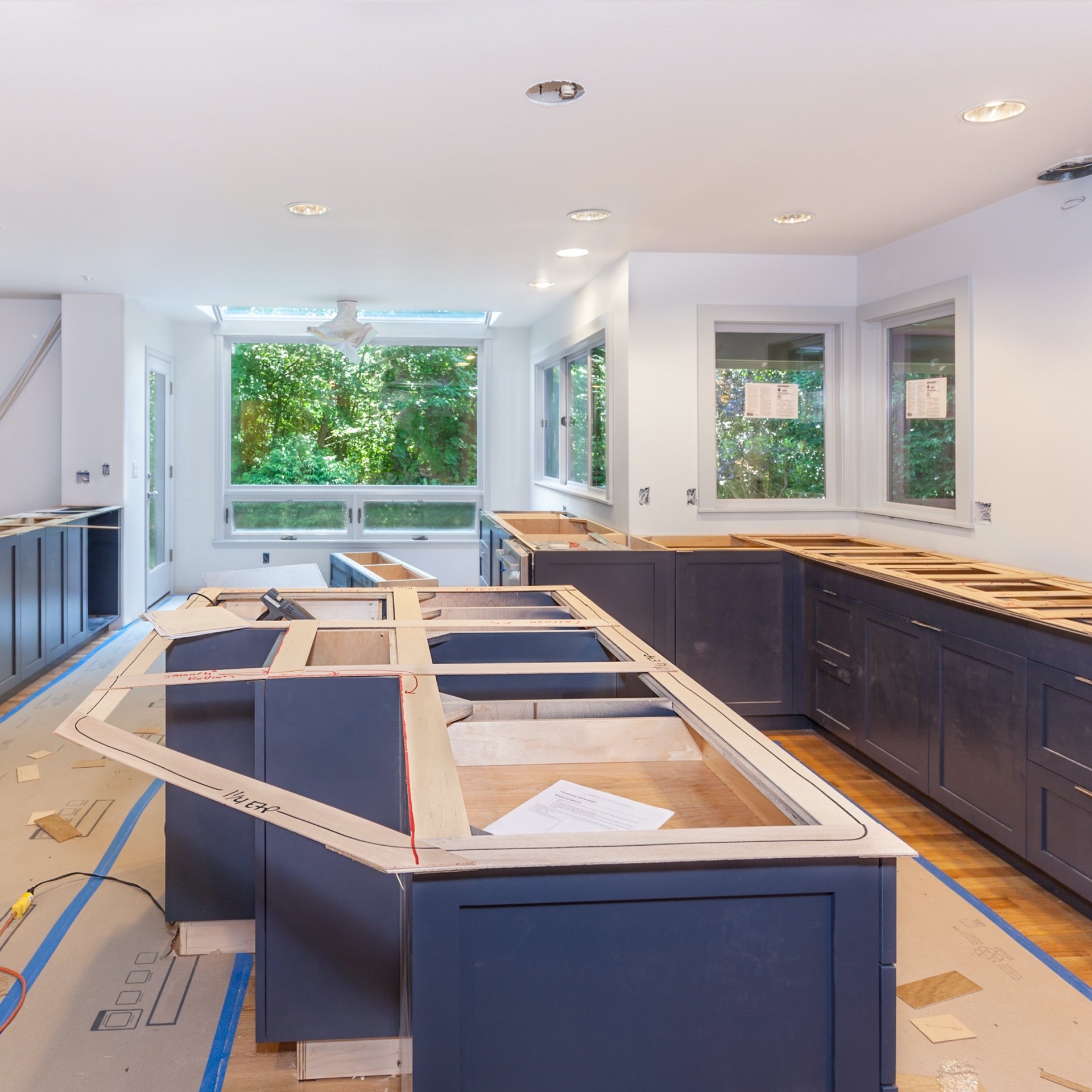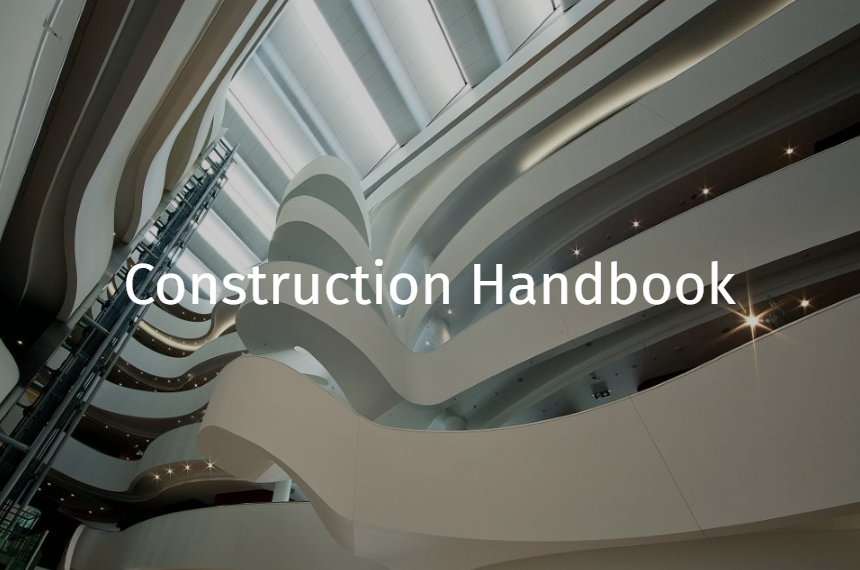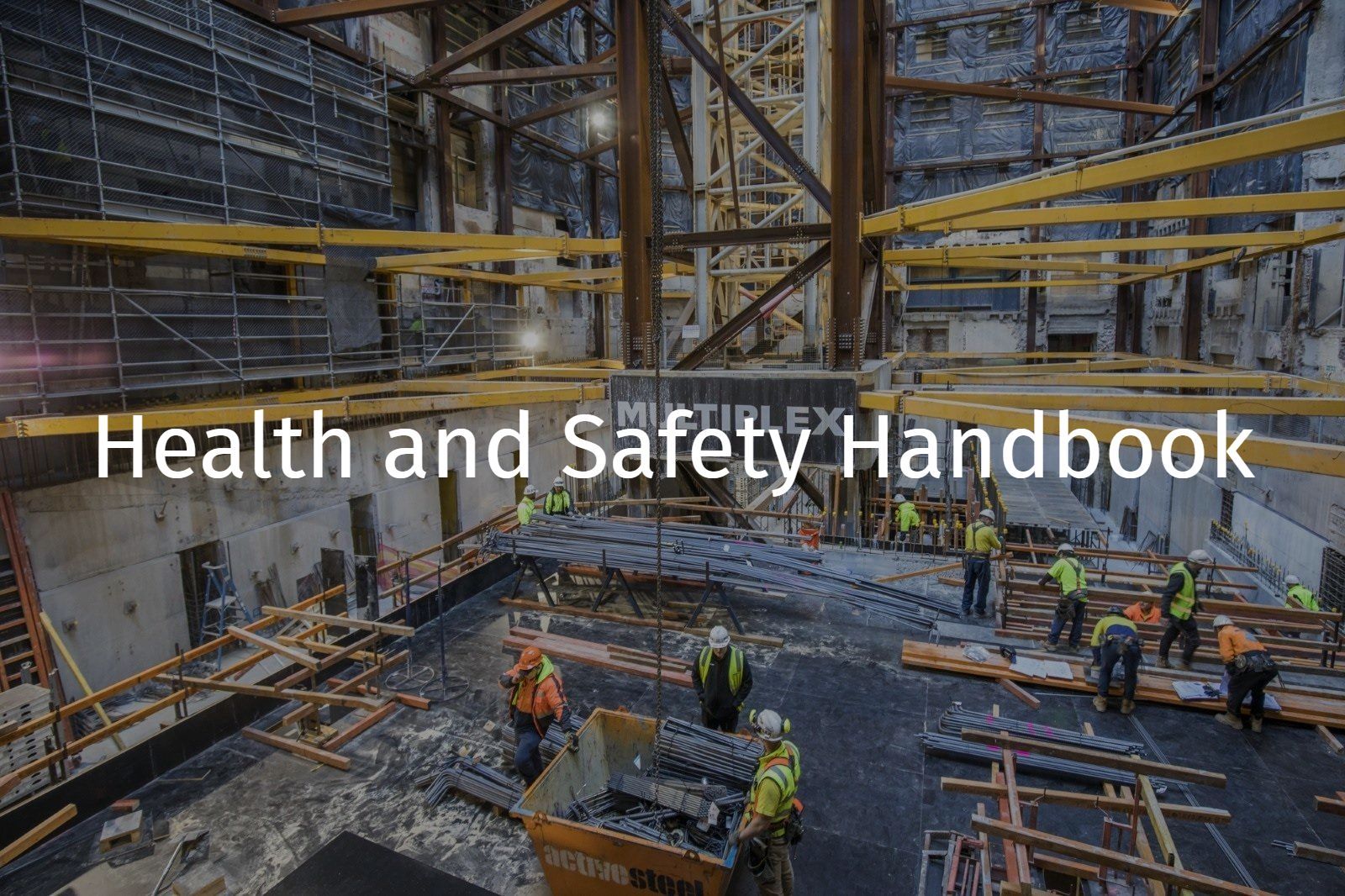Electrical - General
References: R Record keeping requirement | E An engineering/certification requirement | P A permit to work requirement | S A safe work method statement (SWMS) / written plan
Hazards
Potential hazards include, but are not limited to:
- Electrocution (shock, burns)
- Water
- Fire
- Explosion.
Live Electrical Work
NSW, QLD and VIC Work on live electrical systems must be authorised by MPX and not be undertaken, except:
- Where deemed absolutely necessary by a Competent Person for fault finding
- For testing/commissioning work
- Where the electrical supply cannot be interrupted, such as those for hospital life support systems or critical utilities.
R NSW, QLD and VIC - Where the circuits cannot be de-energised, a risk workshop must be held for working on live electrical systems on the project.
WA -Where work is to be carried out near an energised electrical installation, the work shall be in accordance with WA Code of Practice for Persons working on or near energised electrical installations and the subcontractor must inform MPX.
WA - Live testing, fault finding and commissioning shall be in accordance with ‘WA Safe Low Voltage Work Practices by Electricians’ and the subcontractor must inform MPX.
Planning
E Electrical systems installed for use during construction works must be inspected and certified (ie. Electrical Safety Certificate) as correctly installed prior to use in accordance with relevant legislation(note: variances between states), codes of practice and Australian standards, refer to:
- Plant and Equipment Inspection Schedule
- Other Publications
E Electrical installations and equipment must be installed, certified, maintained and decommissioned by appropriately licensed electricians, refer to:
S The risks associated with electrical installations (temporary and permanent) and electrical equipment must have a risk assessment conducted in order to identify, assess and control risks in accordance with the hierarchy of control and a SWMS developed by the subcontractor.
Prior to the commencement of any excavation, drilling or coring, the appropriate drawings must be reviewed to confirm potential electrical hazards are identified and that the appropriate approvals and permits are obtained, refer to:
- Section: Concrete Coring, Cutting and Drilling
- Section: Excavation.
S The electrical subcontractor must establish and submit to MPX, procedures for switching from temporary to permanent power.
Should be encouraged to supply and use battery powered tools and battery charging racks or similar when practical.
WA, NSW and QLD - Subcontractors should be encouraged to supply and use battery powered tools and battery charging racks or similar where practical.
Operational
E Electrical systems (permanent and temporary) installed for use during construction works must be inspected and certified (ie. Electrical Safety Certificate) as correctly installed prior to use in accordance with relevant legislation, codes of practice and Australian standards, refer to:
- Plant and Equipment Inspection Schedule
E Electrical installations and equipment must be installed, certified, maintained and decommissioned by appropriately licensed electricians, refer to:
- Training and Competency Schedule.
Prior to any electrical work being carried out on an electrical installation, a test must be carried out by a licensed electrician to determine whether or not the installation (or any part of) is energised. If found to be energised, then the installation must be de-energised by a licensed electrician. The test must be carried out using a calibrated testing device.
R All electrical equipment must be inspected, tested, tagged and registered in accordance with AS 3012 Electrical Installations on Construction and Demolition Sites.
Any electrical hazard e.g. damaged/exposed wires, faulty equipment or any personal shock from any electrical equipment must be:
- Reported to MPX immediately.
- Where required, reported to the relevant regulatory authority as soon as is practicable by MPX & the relevant electrical contractor.
Isolation / De-energisation / Re-energisation
S NSW, VIC and QLD - Isolation / de-energisation / re-energisation, must:
- Be managed in accordance with the procedures developed by the electrical subcontractor (including lock out and tag out of electrical isolations, working near energised parts)
- P VIC and QLD – Have a Services Isolation Permit and Electrical Energisation Permit completed
WA - Isolation / de-energisation / re-energisation must be managed in accordance with:
VIC, NSW and QLD – Energisation must be managed in accordance with:
- Section: Temporary to Permanent Power
Temporary Electrical Installations
Low voltage temporary electrical cables laid underground must be contained within a heavy duty conduit, located no less than 600 mm below ground level with indicator tape above, High Voltage cables must be at a depth of no less than 850 mm and installed as per AS/NZS 3000 (location identifiable through on site, as constructed documentation)
All temporary electrical installations must be in accordance with AS 3012 Electrical Installations on Construction and Demolition Sites and certified (ie. Electrical Safety Certificate).
Decommissioning of temporary electrical supply must be completed by a licensed electrical contractor.
Legal and Other Requirements
- AS 2067 Substations and high voltage installations
- AS 3000 Electrical installations (known as Australian wiring rules)
- AS 3012 Electrical installations on construction and demolition sites
- AS 2293.1: Emergency escape lighting and exit signs for buildings
- AS/NZS 4836: Safe working on low-voltage electrical equipment
- CP WA Electrical requirements 2008 – Energy Safety
- CP WA Persons working on or near energised electrical installations’
- Electrical Safety Code of Practice (Qld) 2013 – Managing Electrical Risks in the Workplace
- Electrical Safety Code of Practice (Qld) 2010 - Works
Other Publications
- VIC - Certificate of Electrical Safety
- NSW - Certificate of Compliance for Electrical Work
- WA - Electrical Safety Certificate
- QLD - Certificate of testing and safety
Document Control
Version 1 August 2019 – New Standard







